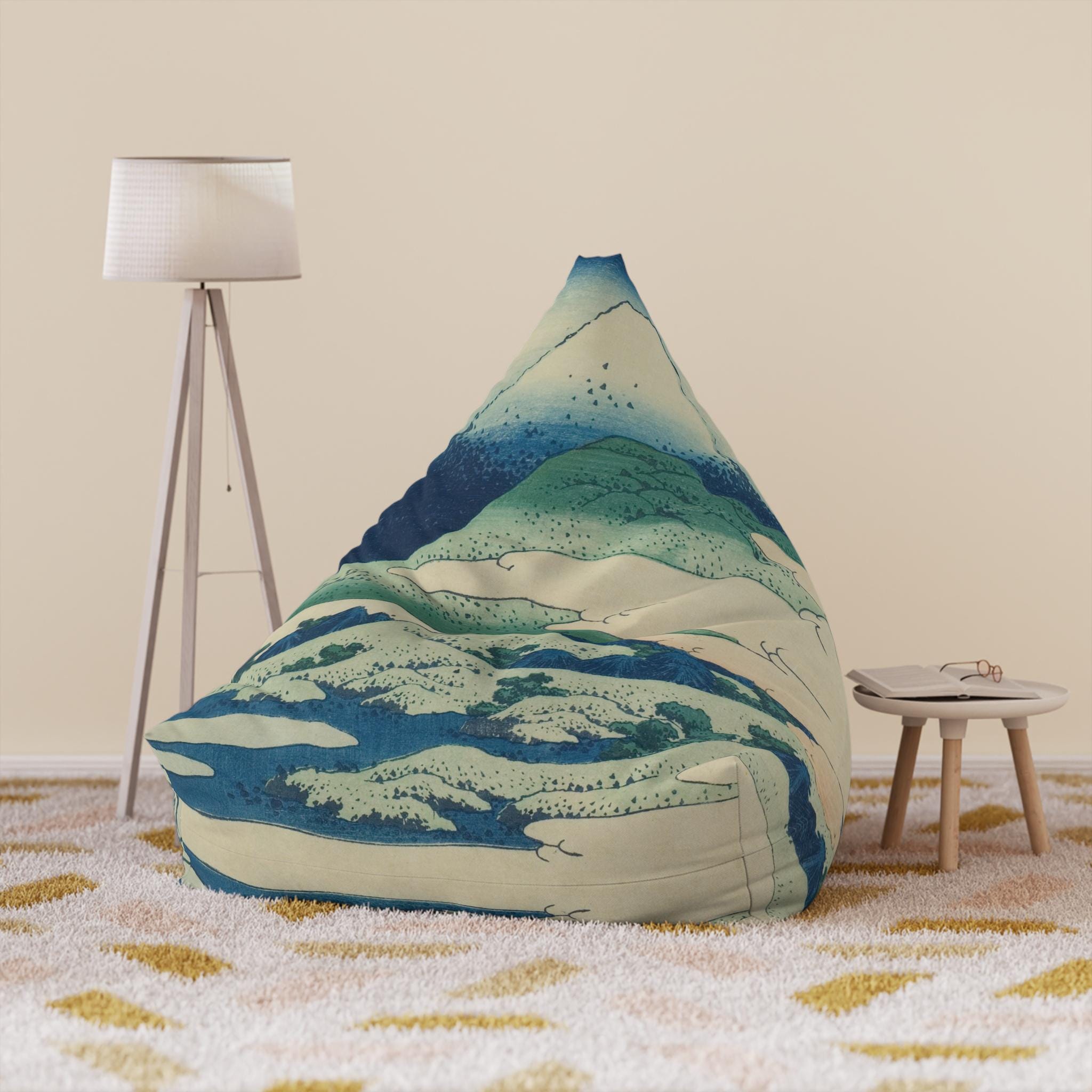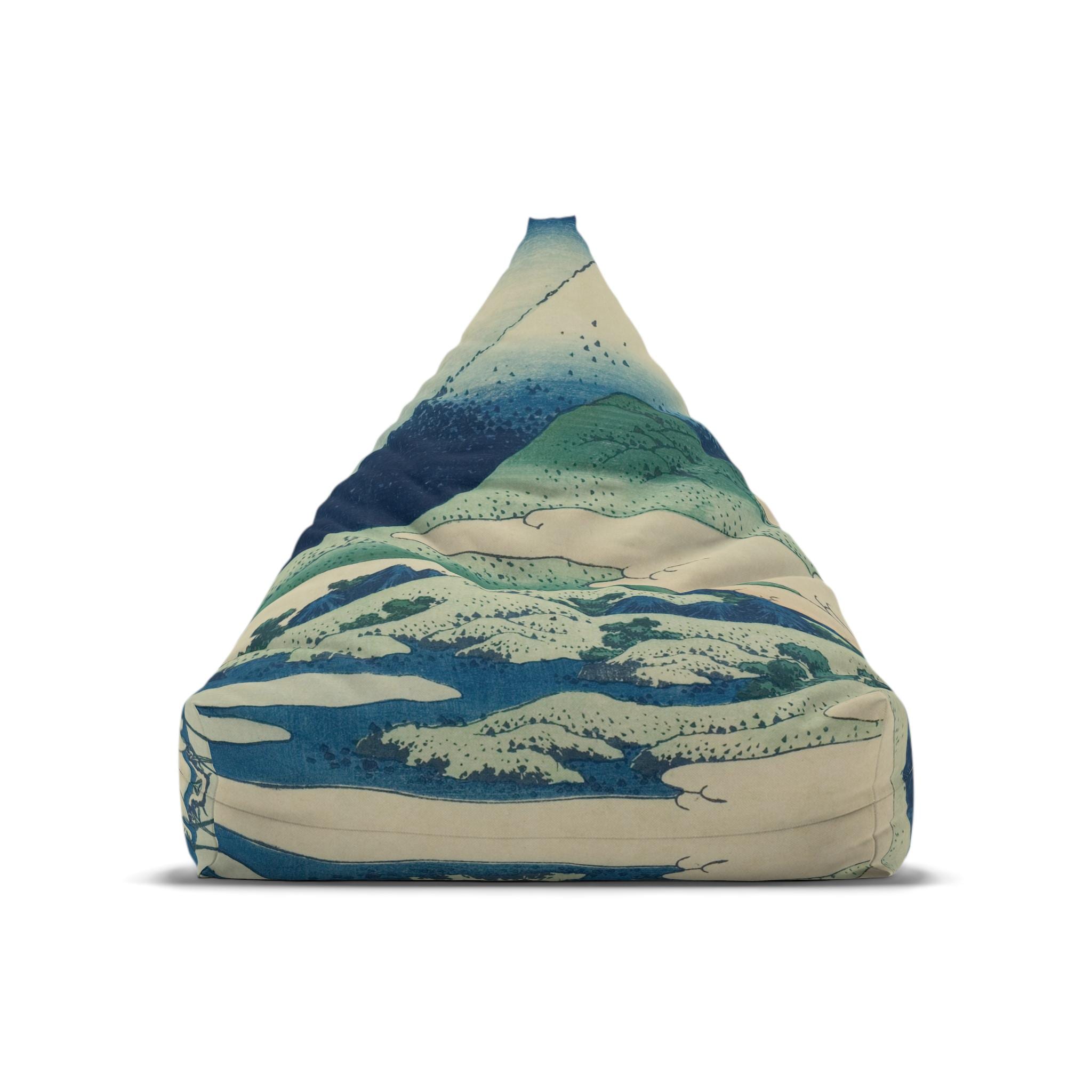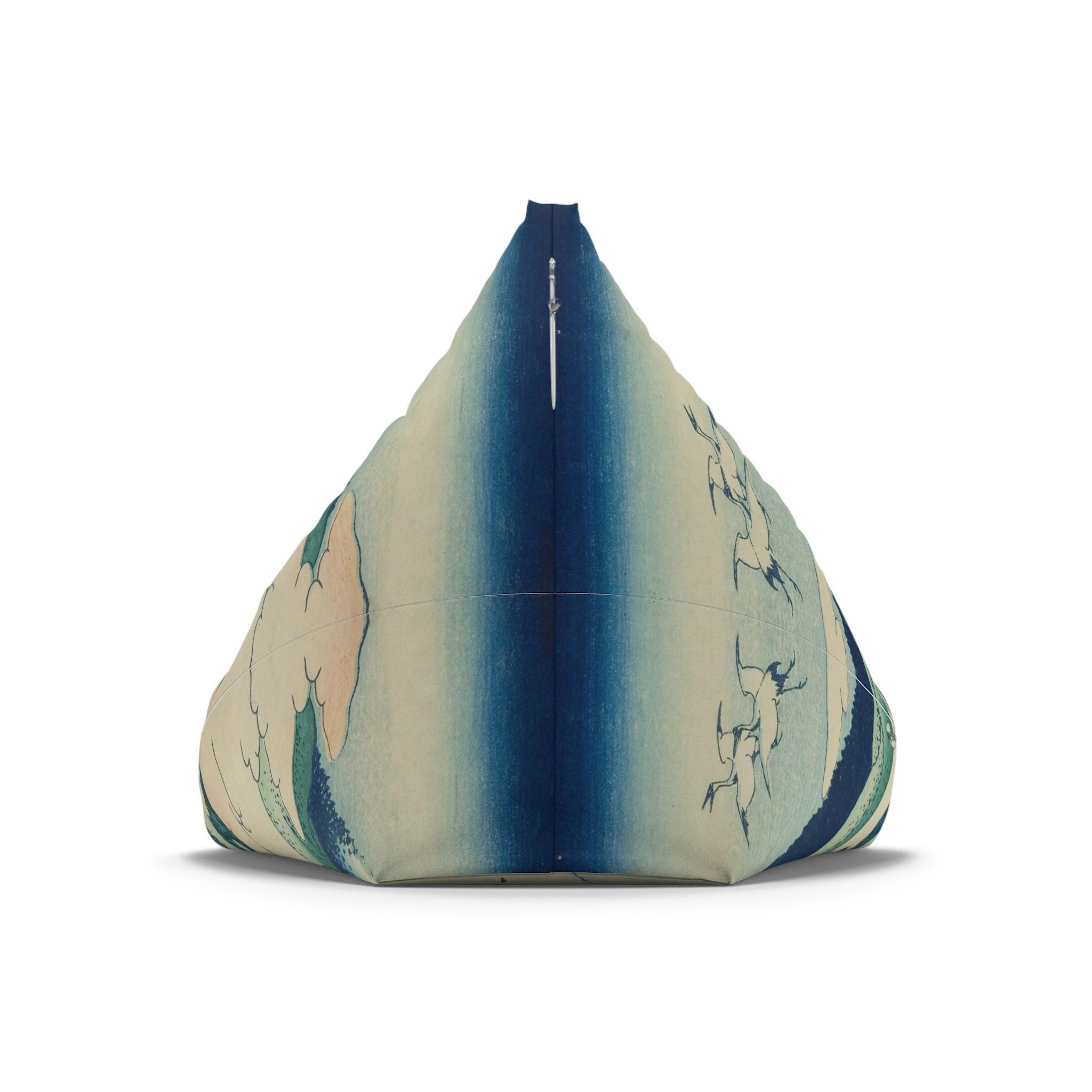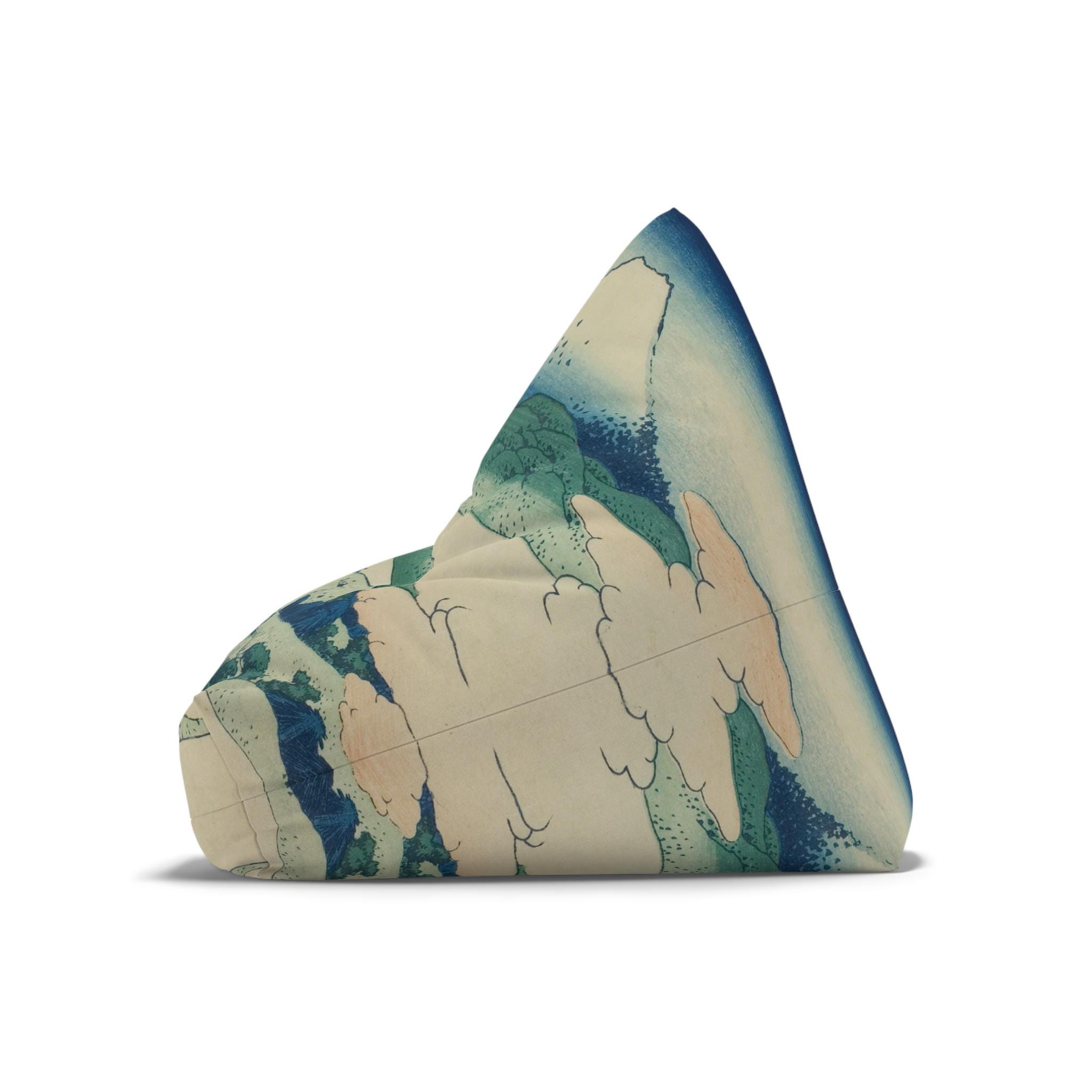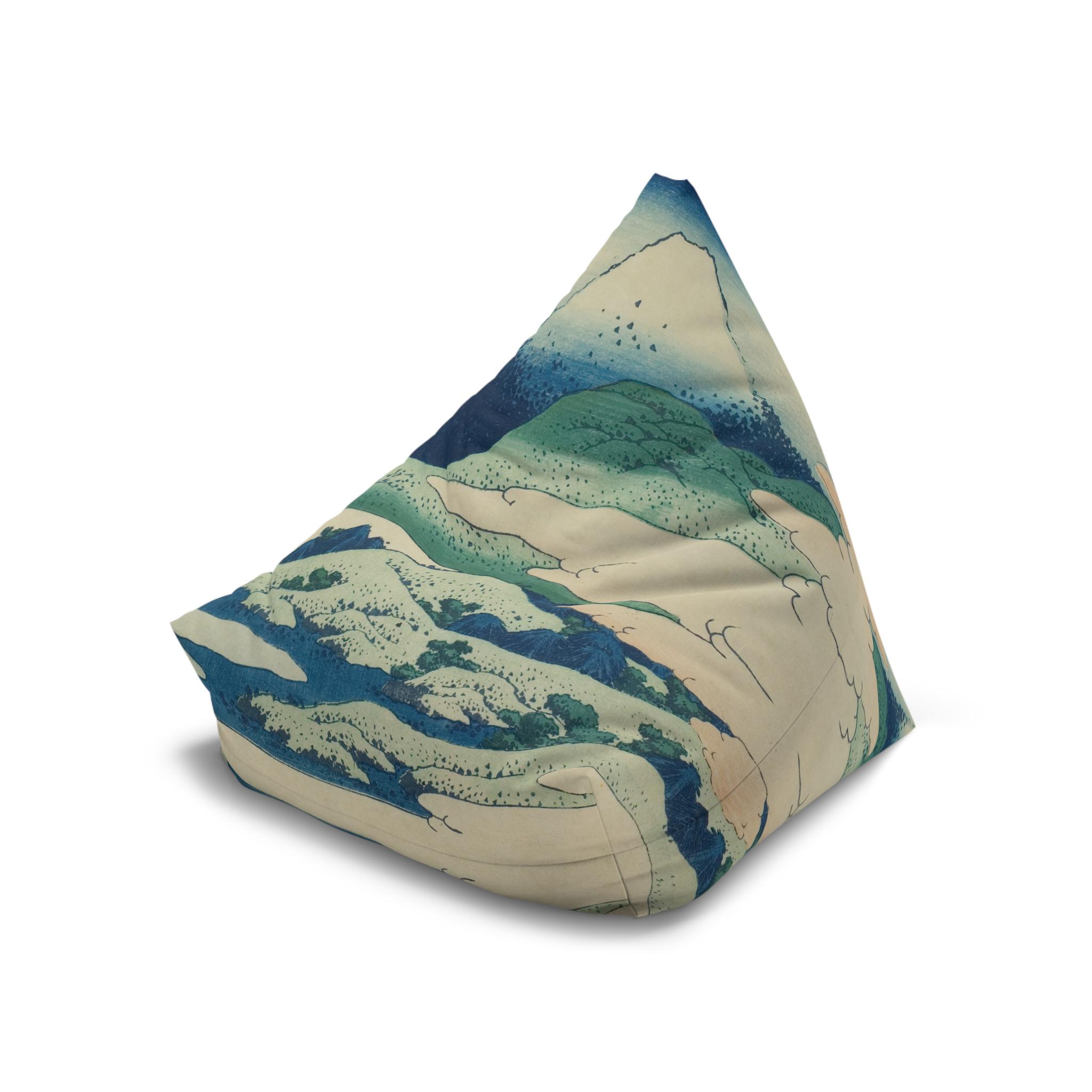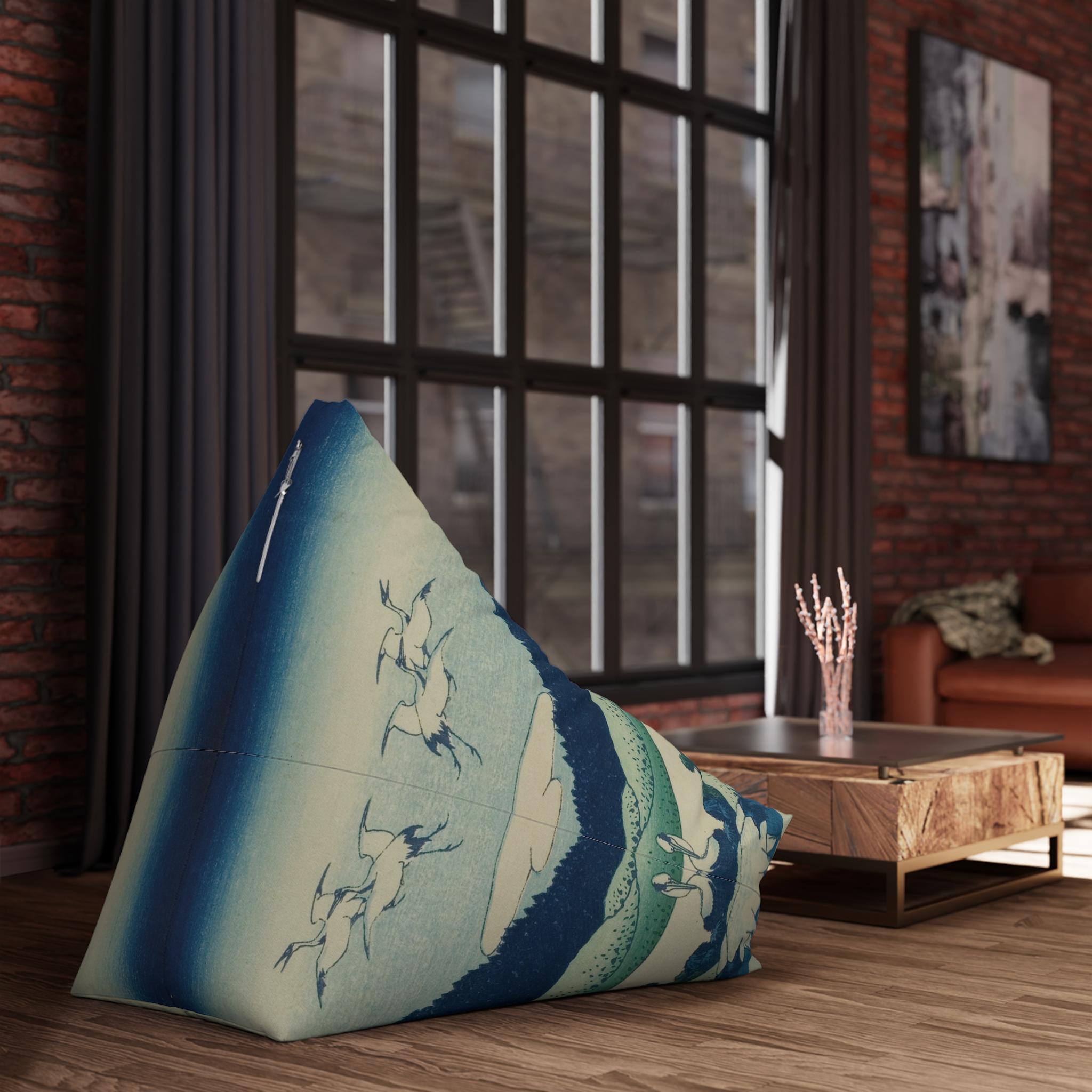Story Behind the Artwork
Crafted during the early 1830s, this woodblock print departs from the dynamic drama of Hokusai's better-known works to highlight the tranquil dignity of the Japanese countryside. Through skillful composition and delicate gradation of color, Hokusai presents a quiet world where Mount Fuji rises subtly in the background. This is not just a visual composition but an emotional one—it stirs the soul and calms the senses.
The use of the aizuri-e (blue ink) technique exemplifies the innovation of Edo-period printmaking. Prussian blue, newly introduced to Japan at the time, allowed for greater depth and permanence in color. Hokusai embraced this imported pigment to its fullest, creating layered blues that speak of both the physical landscape and the spiritual journey it inspires. The cranes, gliding across the wetlands, offer more than decoration—they bring auspicious energy, evoking long life and peace.
Imagine Hokusai, deep in thought, capturing not what he saw but what he felt. The wetland, the mountain, the birds in flight—each element becomes a symbol. The emptiness is intentional. It leaves space for your thoughts, for your own moment of introspection. It is an art of invitation, asking you not to merely observe, but to become part of the scene.
For those embracing Japandi, minimalist, or nature-inspired design, this bean bag cover harmonizes effortlessly with clean lines and neutral palettes. Whether placed in a quiet reading nook or an open-plan living room, its balanced composition and serene tones introduce a sense of cultural richness and visual clarity that transcends trends.
This isn't mass-market decor—it's a carefully curated work of cultural storytelling. With its roots in one of Japan's most revered artistic traditions, and its design faithfully restored from museum-grade scans, this piece brings depth, beauty, and a quiet sense of luxury into the home. It's ideal for anyone seeking an intersection of comfort, culture, and contemplative elegance.
Shop Now on Etsy